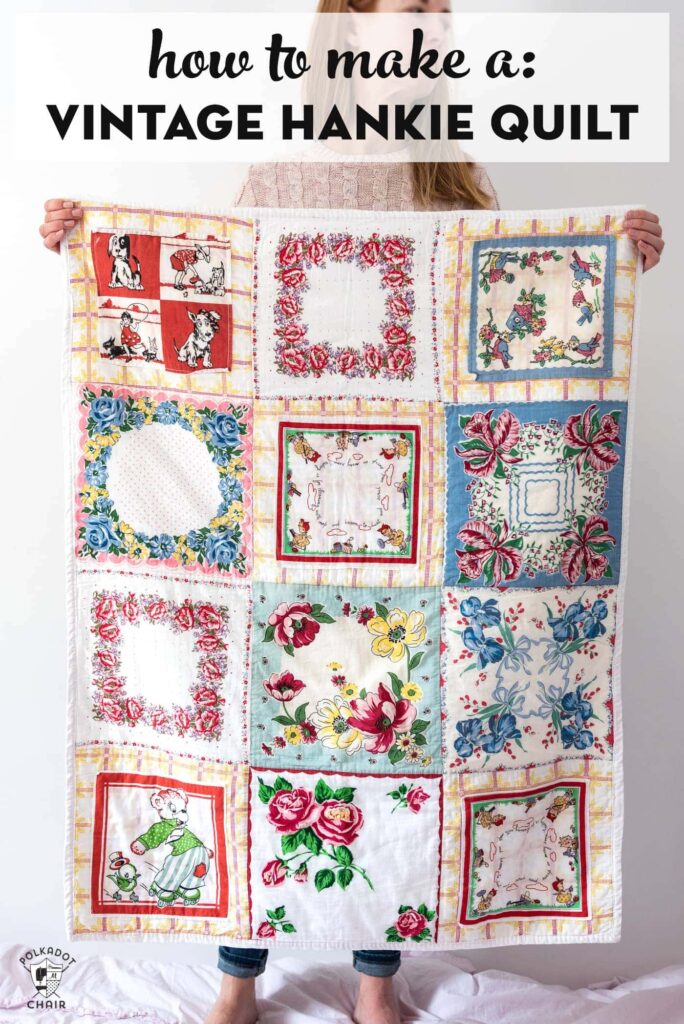If you have an antique quilt that you want to display, you may be wondering how to frame it. Framing an antique quilt can be a challenging process, but with the right approach, you can create the perfect display. In this article, we will provide a step-by-step guide on how to frame an antique quilt, so that you can show off your beautiful quilt in the best way possible.
What You Need to Frame an Antique Quilt
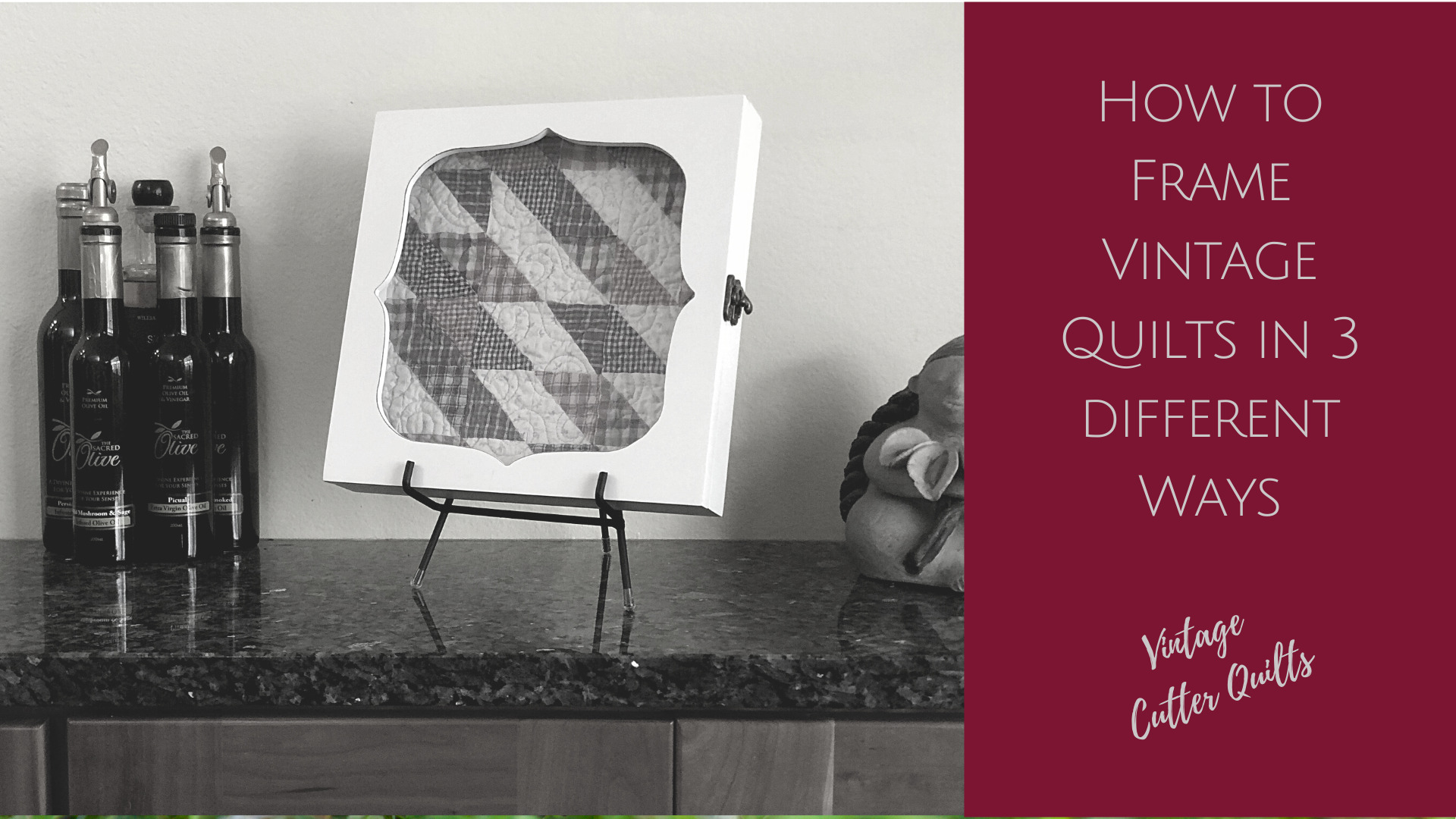
Quilt – Select an antique quilt in good condition.
Frame – Choose a frame that complements the quilt, such as one made of wood or metal.
Glass or Acrylic – Choose glass or acrylic for the covering to protect the quilt from dust and dirt.
Backing and Foam Core – Use acid-free backing and foam core to ensure the quilt is secure and to prevent fading.
Matting – Select matting in a color that will enhance the quilt design.
Mounting Corners or Strips – Use mounting corners or strips to secure the quilt in place.
Adhesive – Use an acid-free adhesive to attach the quilt to the backing and foam core.
Protective Cover – Place a protective cover over the quilt to further protect it from dust and dirt.
Once all the necessary supplies are gathered, use the steps outlined in the article to frame the quilt. This will help preserve the quilt in its frame and protect it for years to come.
Materials
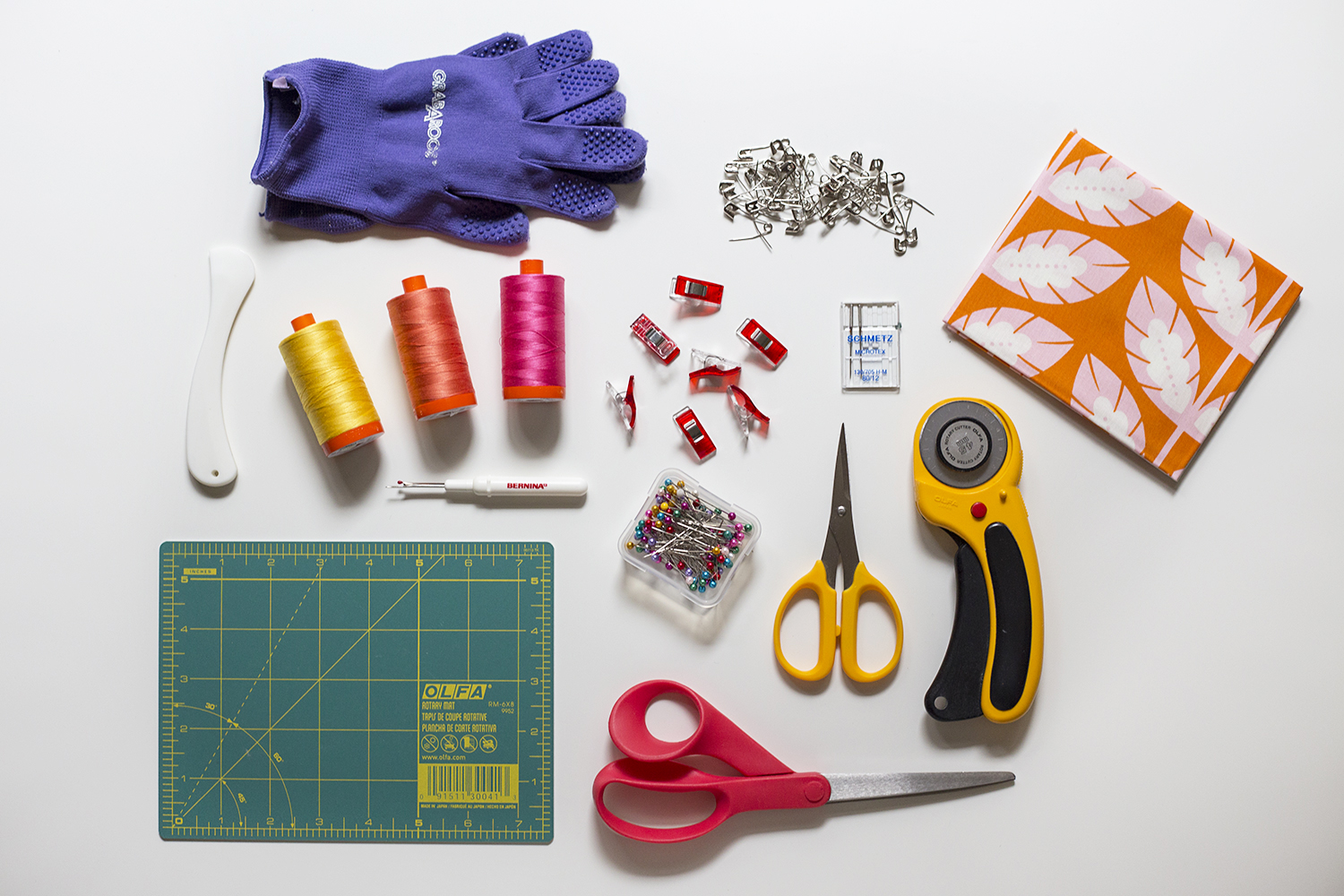
- Quilt
- Mat board
- Picture frame
- Glass
- Foam board
- Adhesive strips
- Hanging hardware
Tools
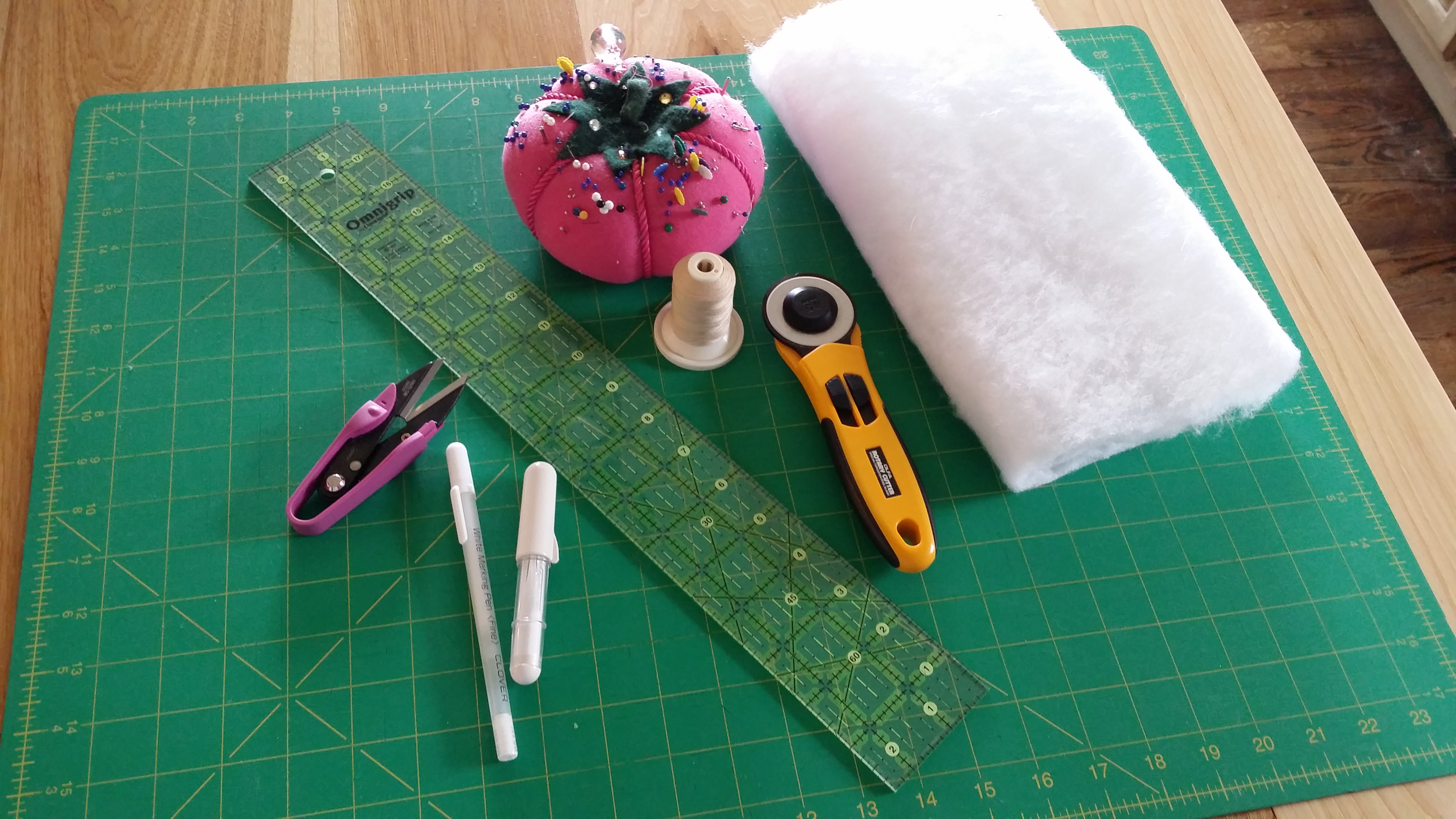
When it comes to framing an antique quilt, you will need certain tools to get the job done. Firstly, you will need a tape measure to measure the size of the quilt. You will also need a hammer and nails to firmly attach the frame to the wall. It is also recommended to have a level to make sure the frame is aligned correctly. You will need a screwdriver to open the frame. Additionally, you will need a clean cloth to wipe the glass of the frame and a pencil to mark the spots for the nails.
Prepare the Quilt for Framing
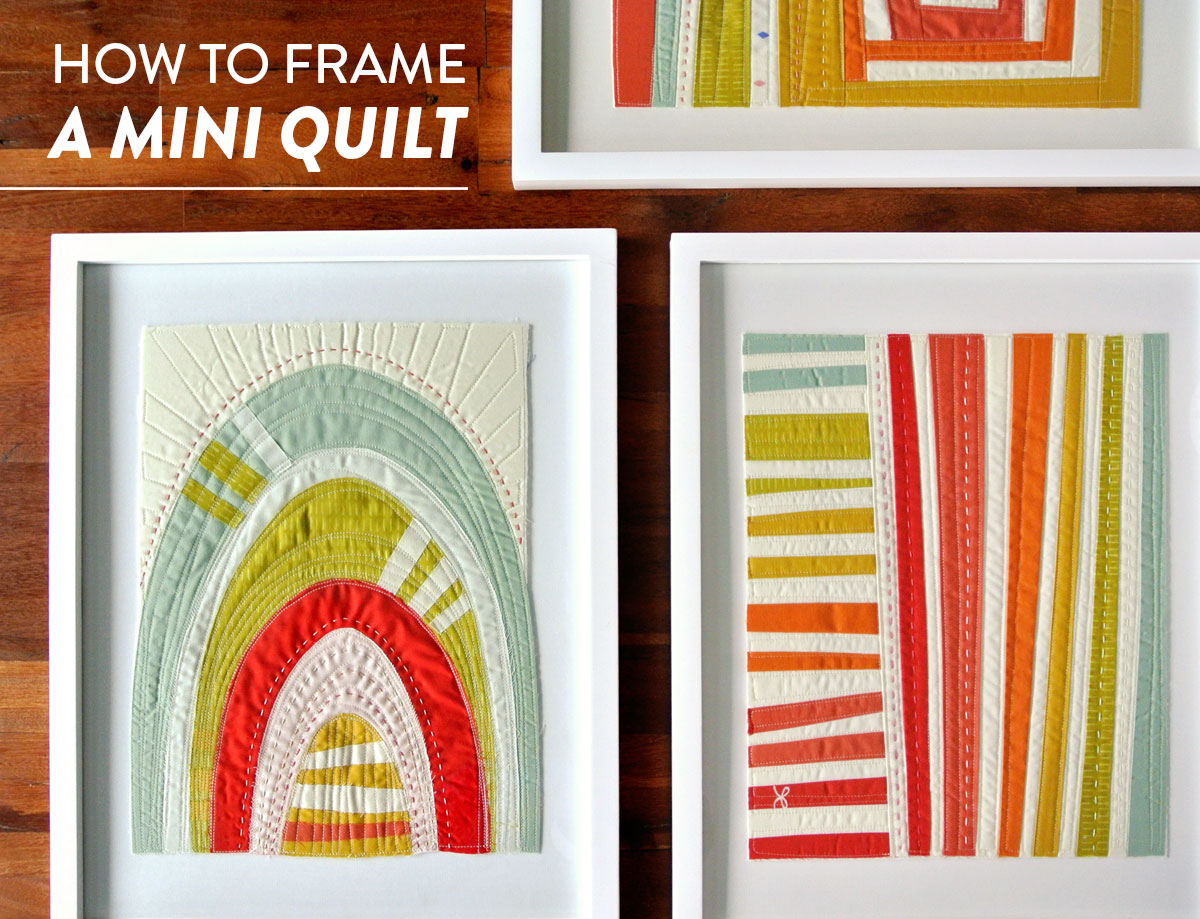
- Check the Quilt – Examine the quilt and make sure it is in the best possible condition for framing. If necessary, repair any damage or tears in the fabric.
- Clean the Quilt – Clean the quilt with a mild detergent and lukewarm water. Take care not to rub or scrub too hard, as this could damage the fabric.
- Press the Quilt – Carefully press the quilt with an iron to ensure that it is wrinkle free. Use the lowest setting possible and do not use steam.
- Mount the Quilt – Secure the quilt to a piece of foam core or lightweight cardboard using fabric glue, pins, or tape.
- Measure the Quilt – Measure the quilt and the foam core, and cut a piece of mat board to the same size.
- Attach the Mat Board – Attach the mat board to the foam core using adhesive strips or double-sided tape.
Cleaning the Quilt
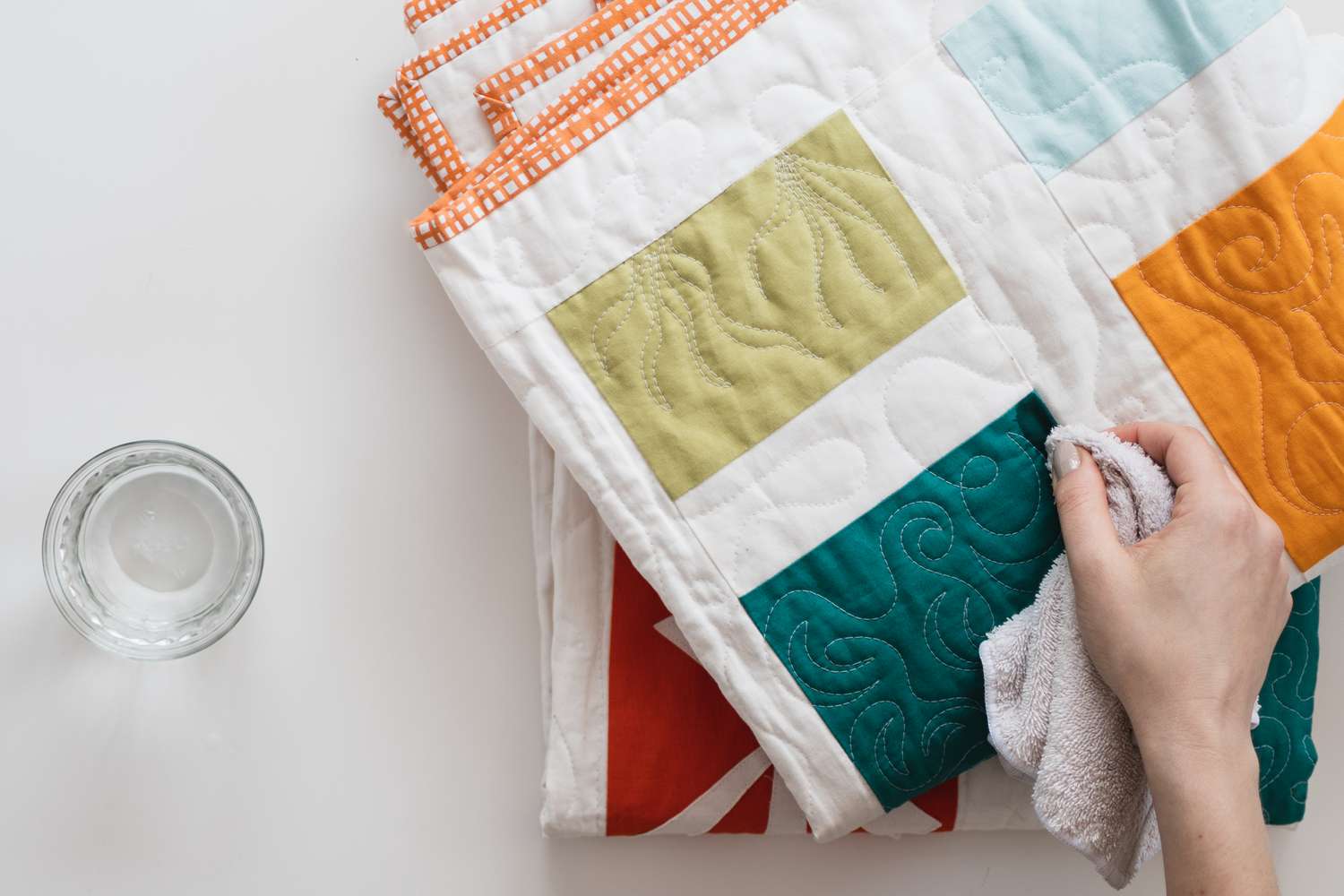
Before framing an antique quilt, it is important to clean it. Cleaning an antique quilt requires special attention and care, as it is delicate and may be fragile. Before cleaning, inspect the quilt for any loose threads, rips, or tears. If any are present, have them professionally repaired before cleaning.
To clean the quilt, start by brushing it gently with a small, soft-bristled brush. This will help to remove any dust or dirt that has collected on the quilt. Next, spot clean any stains with a damp cloth and a mild detergent. Do not submerge the quilt in water, as this could damage the fabric.
If the quilt is heavily stained or soiled, consider taking it to a professional cleaner. Be sure to specify that the quilt is an antique, as certain cleaning methods can damage delicate fabrics.
When the quilt is clean, allow it to dry completely before attempting to frame it.
Quilt Assessment

Before framing an antique quilt, it is important to assess its condition. Check for tears, stains, moth holes, fading, and fabric discoloration. Mending and restoration may be necessary if any of these issues are present. When handling an antique quilt, use gloves to protect it from further damage.
Examine the quilt’s batting. If thinning or deterioration is present, the quilt may need to be conserved to prevent further damage. Consider enlisting professional help when conserving an antique quilt.
Check the quilt’s backing for any evidence of repairs. If repairs are observed, determine if the repair is stable and secure before framing. If not, consider having a conservator stabilize the repair.
When framing an antique quilt, make sure to use archival materials. This will help preserve the quilt for future generations. Choose a frame that is the appropriate size for the quilt, and use a mat board that enhances the quilt’s colors.
When mounting the quilt, choose a method that will not damage the fabric. Quilts can be mounted using a variety of methods including using a scroll mount or a tension mount.
Finally, take a step back and look at the quilt in the frame. Pay attention to how the frame complements the quilt. If the frame does not enhance the quilt, choose a different frame.
Repairing Damaged Areas
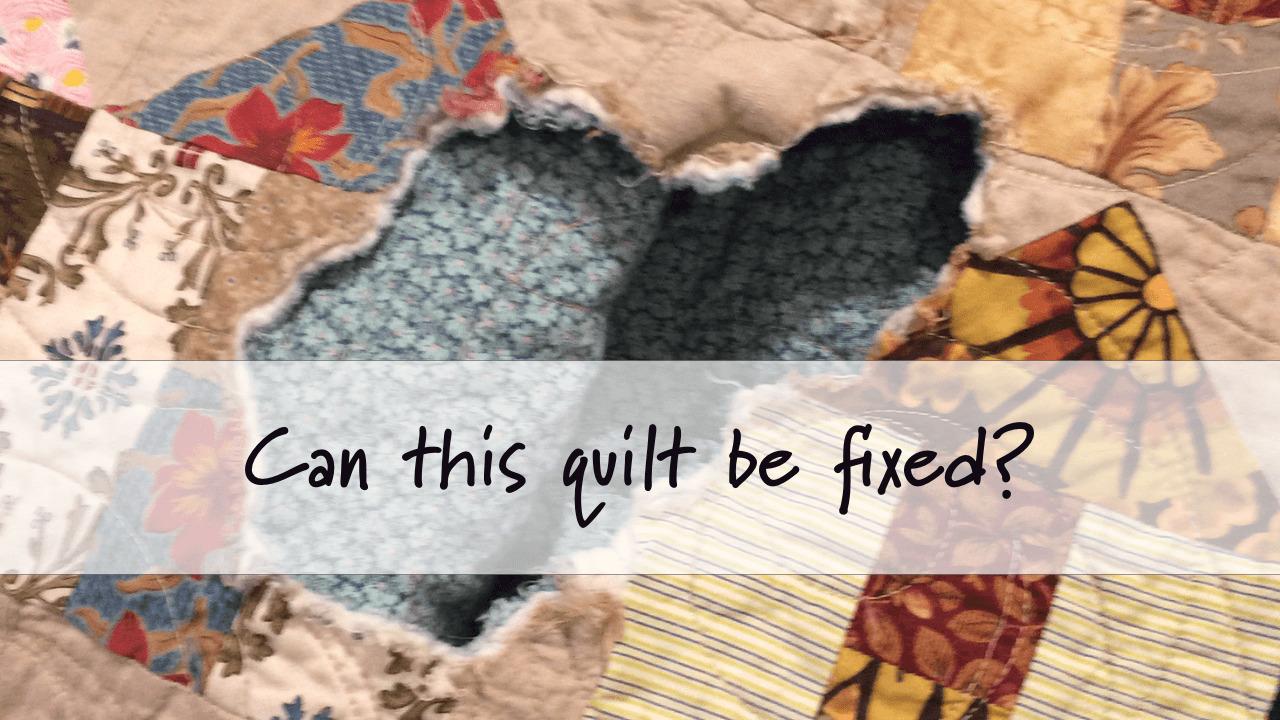
- Inspect the quilt for any damage or weak points before framing, as they will need to be addressed before the quilt can be safely framed.
- Make repairs to any weak or damaged areas on the quilt with a fabric patch or a piece of sashing. Use a needle and thread to securely attach the patch or sashing.
- Treat the fabric with a fabric stabilizer if necessary, to prevent the quilt from further damage and deterioration.
- Lay the quilt on a flat surface and use weights to hold it down if it is not already attached to a backing.
- Measure and cut a piece of acid-free mat board to fit the quilt. Make sure to leave a few inches of buffer space around the edges of the quilt for framing.
- Attach the quilt to the mat board using acid-free tape, making sure to avoid any weak points on the quilt.
- Trim any excess fabric or sashing from the quilt.
Backing and Support
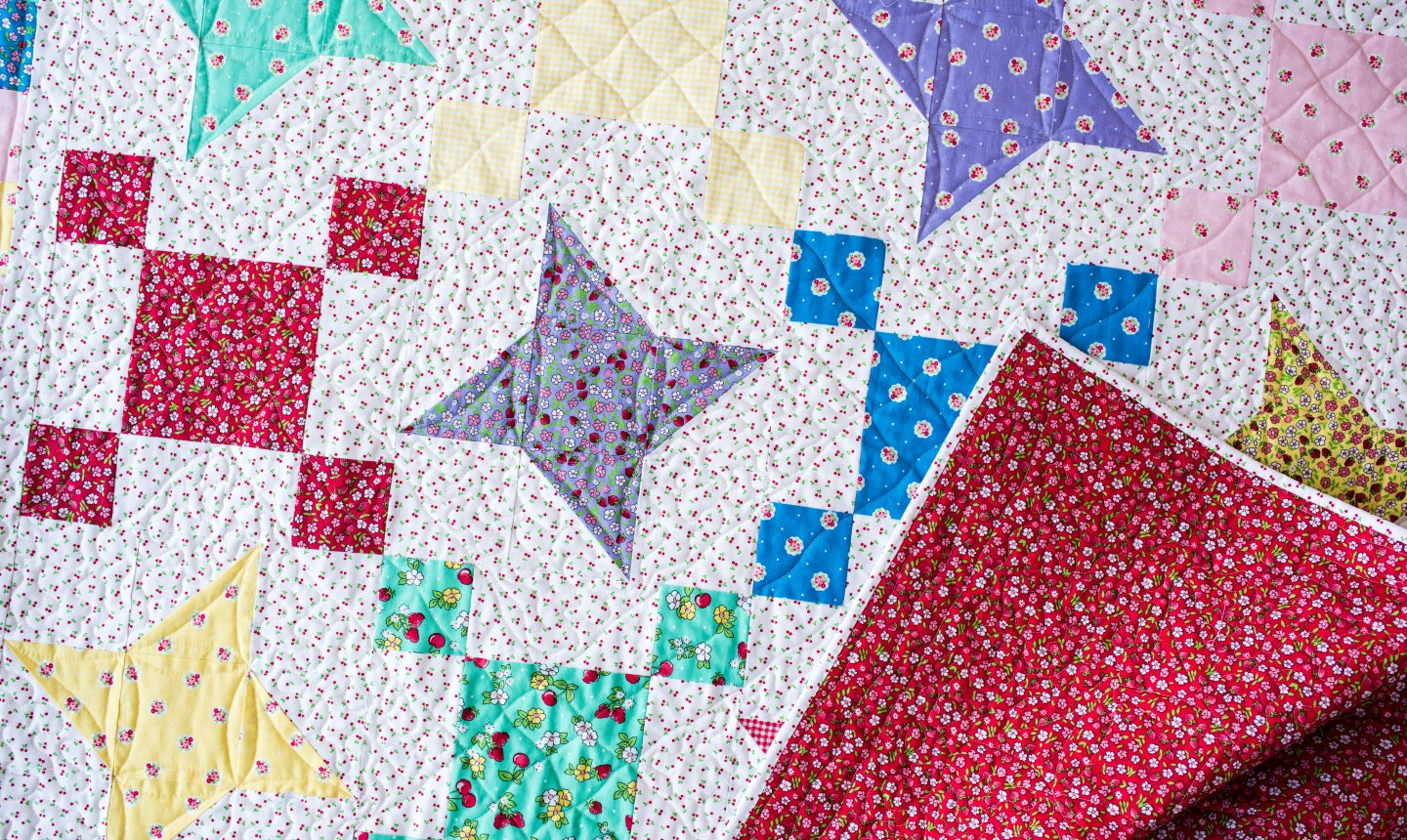
- Choose a backing material that is breathable and will not damage your quilt. Muslin, cotton, and linen are some of the most popular materials used for backing.
- Select an appropriate batting to provide cushioning and support. Polyester batting is a popular choice due to its durability and easy maintenance.
- Secure the batting to the backing material using a spray adhesive or basting stitches.
- Attach the quilt top to the batting using basting stitches or a sewing machine.
- Use a frame or natural wood stretcher bars to support the quilt. This will provide stability and protect the quilt from warping or stretching.
These steps provide the necessary backing and support for a properly framed antique quilt, ensuring its preservation for years to come. With the right materials and techniques, you can proudly display your quilt in a way that will protect and showcase its beauty.
Framing the Quilt
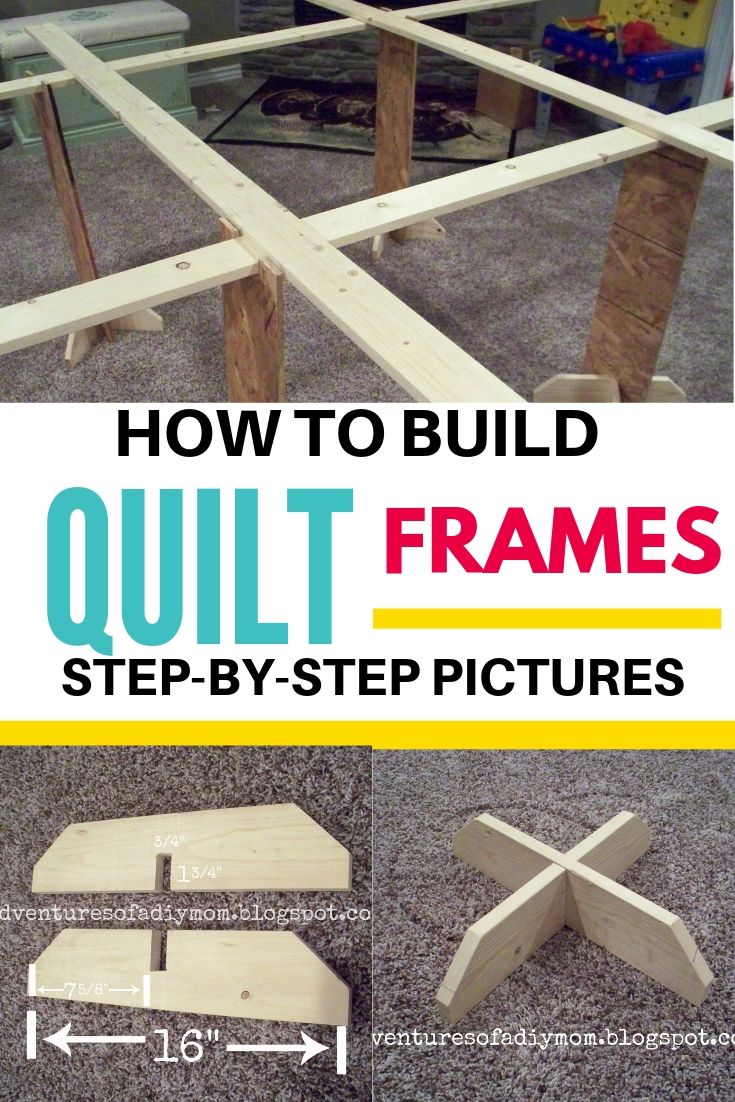
- Select a Frame: Choose a frame that complements the quilt’s design. The frame should be wide enough to accommodate the quilt and allow for at least one inch of space between the quilt and the frame edge.
- Mount the Quilt: Secure the quilt to the frame with acid-free mounting boards. Choose mounting boards that are slightly larger than the quilt and use an acid-free adhesive to attach the quilt to the boards.
- Use a Backing Board: Place a backing board behind the quilt to protect it from dust, dirt, and insects. Use an acid-free backing board and attach it to the frame with acid-free tape.
- Add a Hanging Device: Add a D-ring or wire hanger to the back of the frame for easy wall mounting. Make sure it is securely attached and won’t damage the quilt.
- Use UV Protection: To protect the quilt from fading, add a sheet of UV protective glass or acrylic to the front of the frame. This will help block out harmful ultraviolet rays and keep the quilt looking its best for years to come.
- Seal the Frame: Seal the edges of the frame with a sealant to prevent dust and debris from entering the frame. This will also help to protect the quilt from moisture and humidity.
Framing an antique quilt is an excellent way to preserve it while also displaying its beauty. By following these simple steps, you can keep your quilt safe and looking its best for years to come.
Measuring the Frame
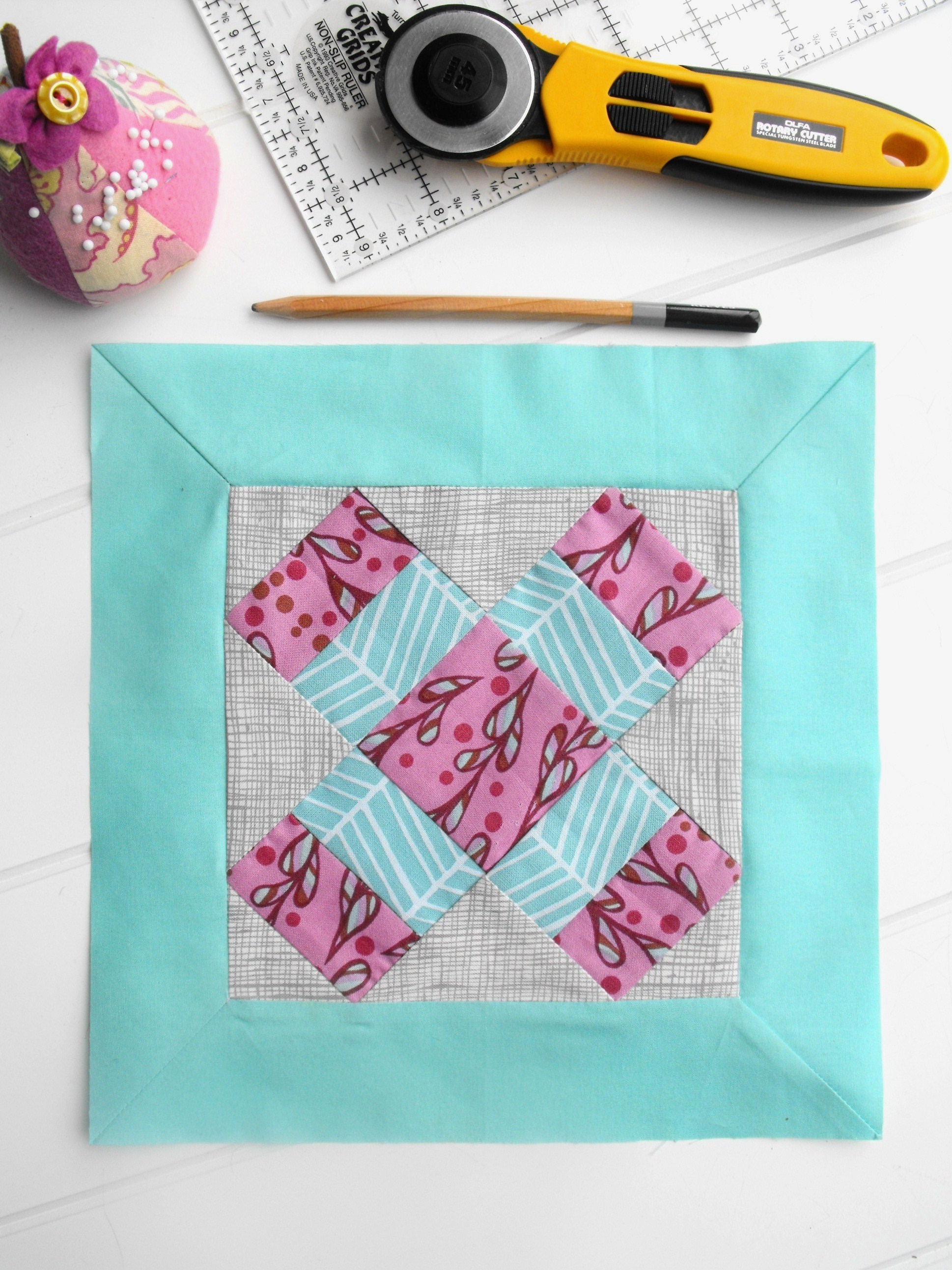
- Measure the Quilt – The first step in framing an antique quilt is to measure the quilt. Measure the length, width, and depth of the quilt, and use these measurements to determine the size of the frame you need.
- Measure the Frame – Measure the width, length, and depth of the frame you will be using. Make sure the measurements of the frame are larger than the measurements of the quilt – it’s important to have a bit of extra space between the quilt and the frame.
- Determine the Number of Pieces – When framing an antique quilt, it is important to determine the number of pieces that will be used to make up the frame. It is best to use a frame that has four pieces, which will provide more stability for the quilt.
- Cut the Pieces – Using the measurements of the frame and the quilt, cut the pieces of the frame to the appropriate size. Make sure the pieces are cut precisely, as any gaps or uneven edges can cause the frame to be unstable.
- Assemble the Frame – Once the pieces are cut, assemble the frame and make sure the pieces fit together properly. Ensure the frame is stable and secure before continuing.
When framing an antique quilt, it is important to ensure the frame and the quilt are properly measured and cut. This will help ensure the quilt is securely and safely preserved in the frame and will help to preserve the quilt for years to come.
Choosing the Frame
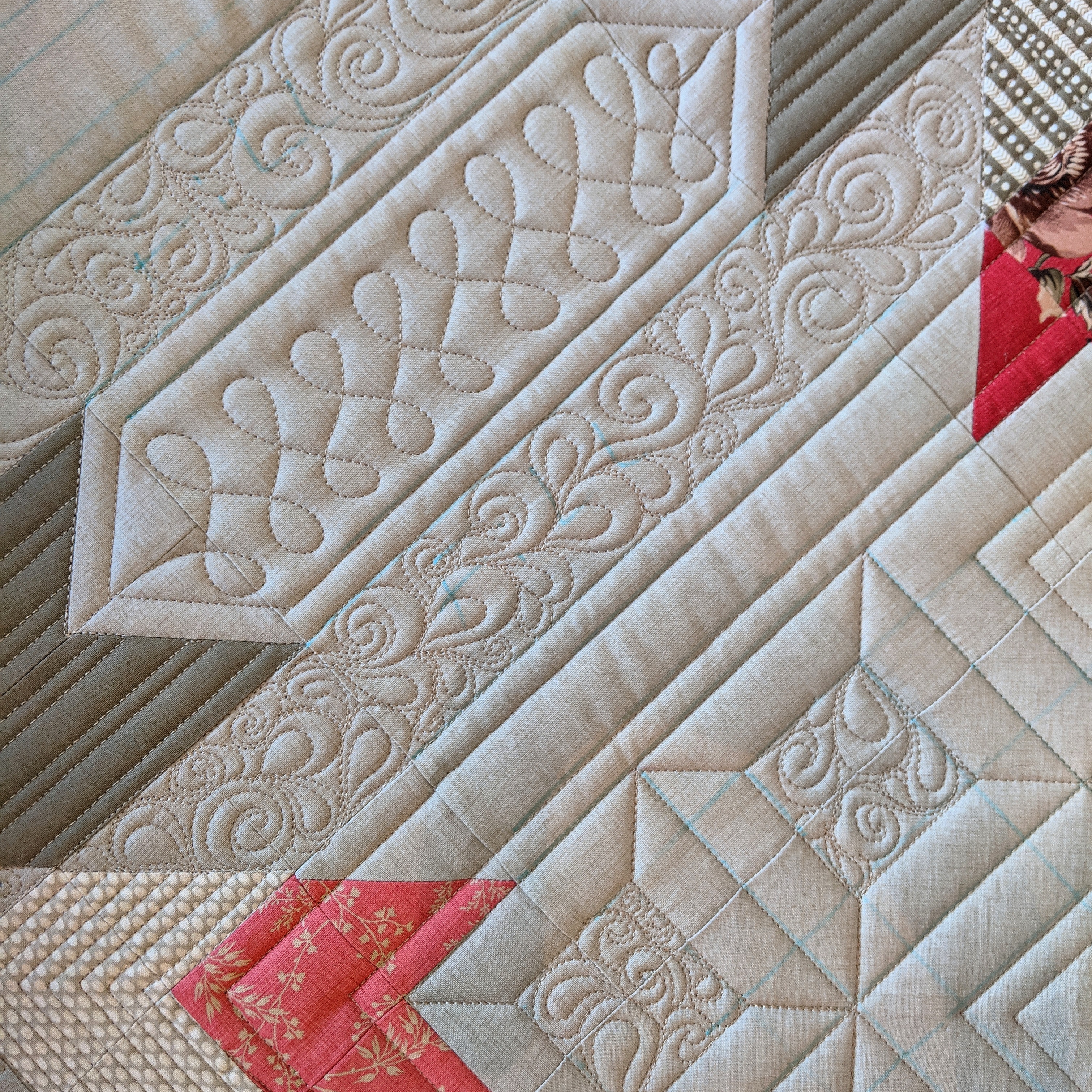
- Choose the right size frame for your antique quilt. Measure your quilt and choose a frame that is at least two inches wider and taller than the quilt. This will ensure that your quilt is not stretched or distorted.
- Consider the material used for the frame. Wood or metal frames are most commonly used to frame antique quilts. If you are looking for a more modern look, frames made of plastic or acrylic can also be used.
- Choose the right color for your frame. If the quilt has a rustic look, choose an antique-looking wooden frame. If the quilt has a modern look, choose a metallic frame. Avoid frames that have bright or busy designs that can overpower the quilt.
- Choose the right matting to compliment your antique quilt. Matting should be archival quality and acid-free to ensure that your quilt is preserved for years. Choose a matting color that complements the quilt without overpowering it.
- Choose the right glass for your frame. Regular glass will not protect your quilt from fading, so it is best to choose an ultra-violet ray-filtering glass. This will protect your quilt from harmful UV rays and will also prevent it from fading.
When framing an antique quilt, it is important to consider the frame size, material, color, matting, and glass. The right frame can help to preserve and protect your quilt for years to come, so choose wisely. Follow these tips on how to frame an antique quilt and how to preserve a quilt in frame to ensure that your quilt is properly framed and protected.
Assembling the Frame

To preserve an antique quilt in a frame, you will need to assemble the frame first. To do that, you will need a frame kit, which usually includes the frame, mat, backing board and hardware for assembling.
Start by joining the four frame pieces with the provided hardware, making sure that the corners are flush. Then, place the mat over the frame and secure it with the provided hardware. Place the backing board over the mat and secure it with the provided hardware. Finally, insert the antique quilt into the frame, making sure that the quilt is centered and secure.
By using this method, you can easily assemble a frame that will protect and preserve your antique quilt.
Choosing Mounting Materials

Preserving an antique quilt requires the right mounting materials. Choose archival quality materials that will not cause damage to the fabric over time. The following materials are recommended:
| Material | Purpose |
|---|---|
| Acid-free foam board | Provides a firm surface for the quilt |
| Spray adhesive | Attaches the quilt to the foam board |
| Archival mat board | Helps to secure the quilt and adds a decorative touch |
| Non-acidic tape | Secures the quilt to the backing board |
Using these materials will ensure that the quilt is properly preserved for long-term display. Additionally, use a UV-protective glass or acrylic to protect the quilt from the effects of sunlight. This will help to ensure that the quilt remains vibrant and intact for years to come.
Attaching the Quilt to the Frame
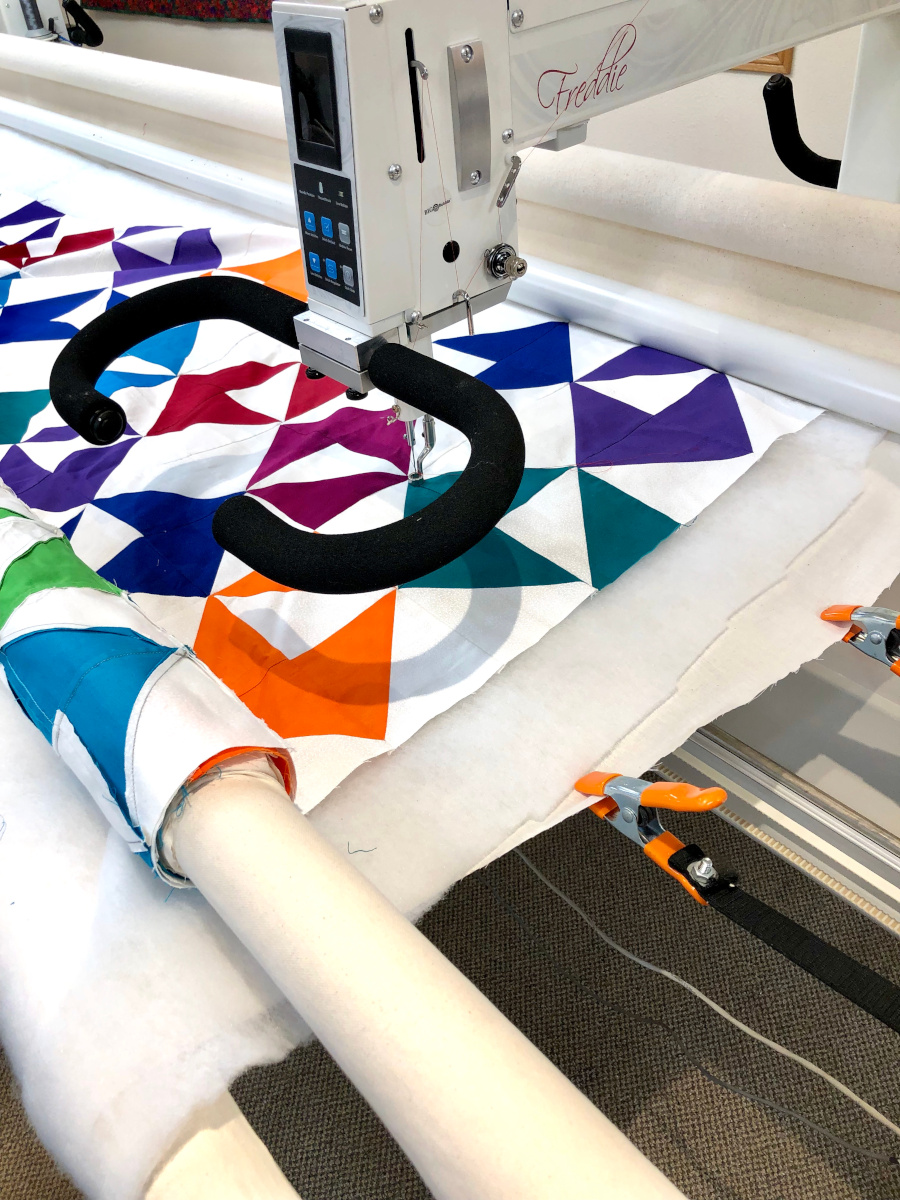
- Glue and Staple: One of the most popular and effective methods of attaching a quilt to a frame is to glue and staple it. Start by applying a thin, even layer of glue to the back of the quilt. Press the quilt onto the frame, making sure it is firmly attached. Use a staple gun to attach the quilt to the frame, placing the staples at least one inch apart.
- Stitch and Hang: This method is a great way to preserve the quilt and keep it looking its best. Start by stitching the quilt to the back of the frame using a needle and thread. Hang the quilt by attaching rings or loops to the top of the frame and then threading a rod or wire through the loops. This method is often used in museums to preserve antique quilts.
- Tack and Hang: This method is similar to the stitch and hang method, but it involves tacking the quilt to the frame instead of stitching it. Start by tacking the quilt onto the frame using a hammer and upholstery tacks. Hang the quilt by attaching rings or loops to the top of the frame and then threading a rod or wire through the loops. This method is best used for lightweight quilts.
- Frame and Hang: This method is a great way to display an antique quilt without damaging it. Start by affixing a frame to the back of the quilt. Hang the quilt by attaching rings or loops to the top of the frame and then threading a rod or wire through the loops. This method is best used for heavier quilts, as the frame provides extra support and stability.
Attaching an antique quilt to a frame is an important step in preserving it for generations to come. Whether you choose to glue and staple, stitch and hang, tack and hang, or frame and hang, make sure you follow the instructions carefully to ensure a secure and attractive display.
Preserving the Quilt in the Frame
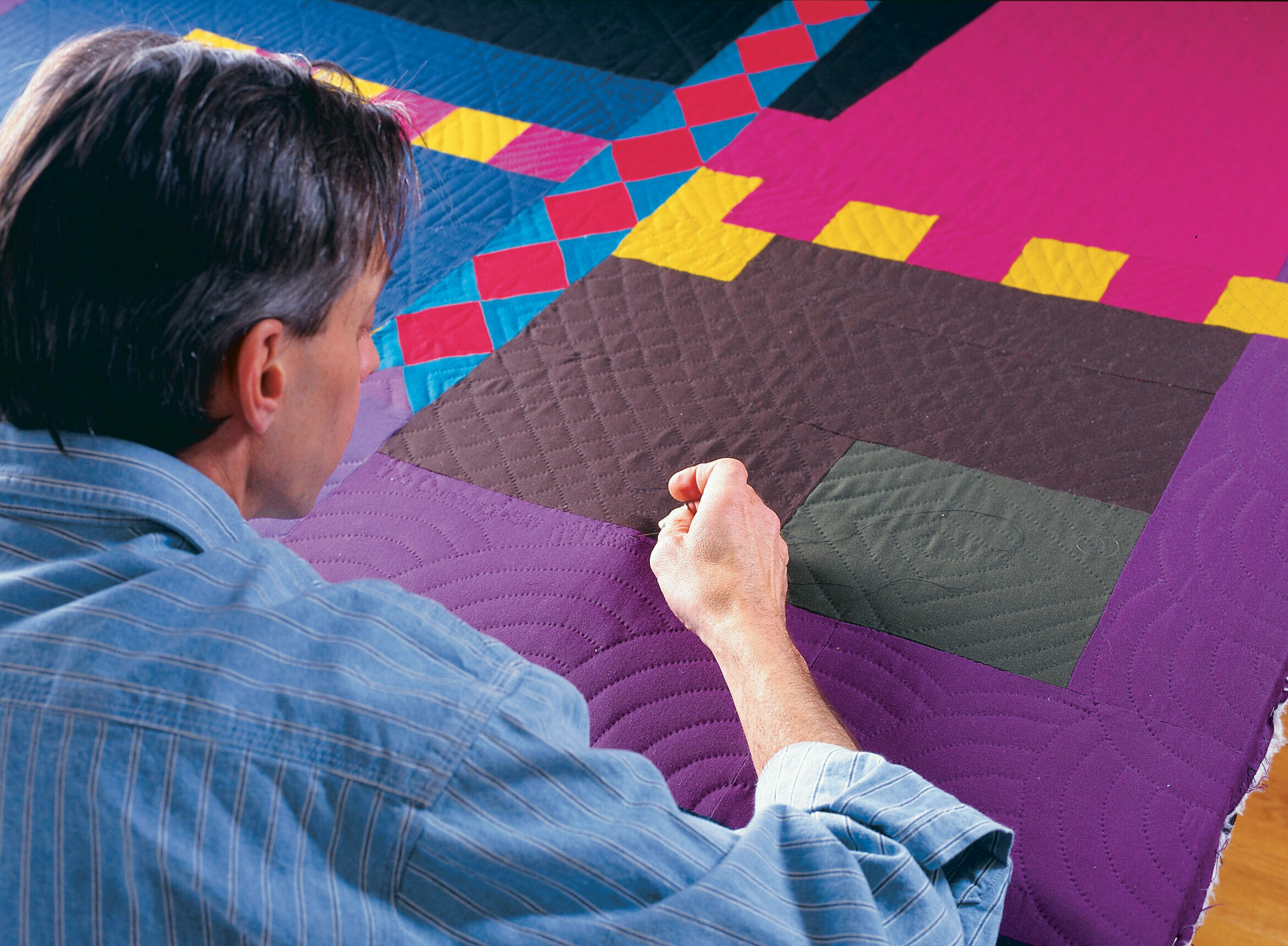
- Choose the right frame: The best frame to protect the quilt is one that is acid-free and prevents UV light from damaging the quilt. It is also important to choose a frame that has enough space between the edge of the quilt and the frame so air can circulate.
- Protect it from moisture: Use a protective covering over the quilt to keep it from getting wet. This can be a sheet of glass or a sheet of acid-free, non-glare plastic.
- Secure the quilt: Secure the quilt to the frame with tacks or staples. Do not use tape, as it can damage the quilt over time.
- Clean it regularly: Clean the quilt regularly with a soft cloth and a mild soap solution. Make sure to dry the quilt quickly afterwards to prevent mold and mildew.
- Avoid direct sunlight: Sunlight can cause fading and discoloration of the quilt. Avoid displaying the quilt in direct sunlight or in a location that receives a lot of natural light.
UV Protective Glass
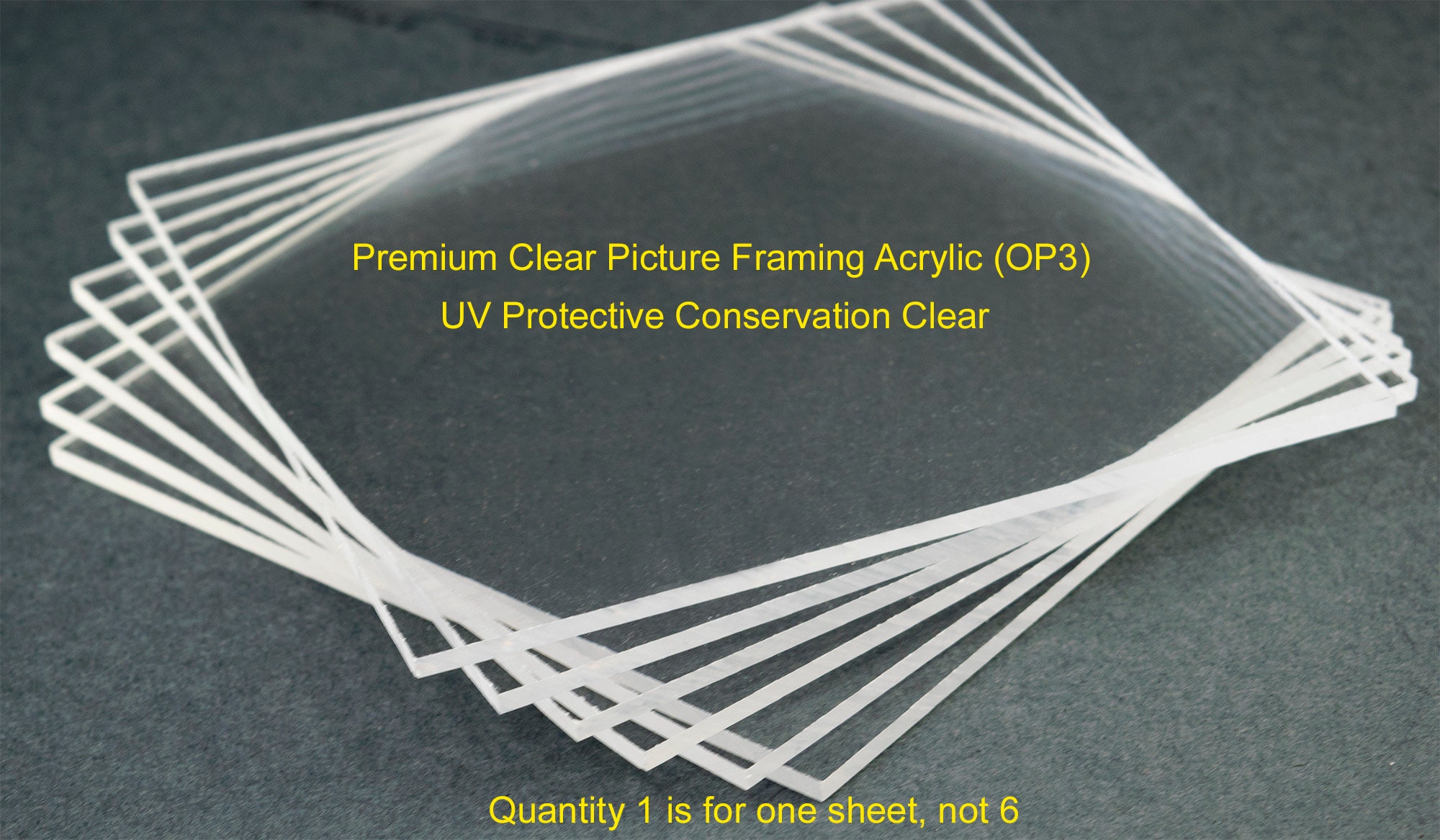
- UV Protective Glass is a special type of glass that filters out harmful ultraviolet (UV) light, protecting the quilt from fading, discoloration, and other damaging effects of the sun.
- UV Protective Glass not only protects the quilt from sunlight, but also from other types of light, such as fluorescent or LED.
- A high-quality UV Protective Glass can block 99% of UV rays, while a standard glass can only block up to 50%.
- When framing an antique quilt, it is essential to use UV Protective Glass to preserve the quilt and keep it looking its best.
- UV Protective Glass is available in a variety of tints and styles, so you can choose one that complements the quilt and the frame.
When framing an antique quilt, you should always use a UV Protective Glass to ensure the quilt is kept safe and preserved. A high-quality UV Protective Glass can block 99% of UV rays, while a standard glass can only block up to 50%. This will help to prevent fading, discoloration, and other damaging effects of the sun. UV Protective Glass is available in a variety of tints and styles, so you can choose one that complements the quilt and the frame. It is important to remember that UV Protective Glass not only protects the quilt from sunlight, but also from other types of light, such as fluorescent or LED. Therefore, when looking to preserve a quilt in a frame, UV Protective Glass is the optimal choice.
Climate Control

When framing an antique quilt, it is important to take into account the environment in which it will be placed. To ensure the longevity of the quilt, it should be framed in an area with low humidity and minimal temperature fluctuations. This can be achieved by using a climate control system that regulates the temperature and humidity of the room, or by using air conditioning and dehumidifiers. This will ensure that the quilt is protected from moisture damage, which can cause discoloration and warping. Additionally, it is important to place the quilt away from direct sunlight, as this can lead to fading. By taking the necessary steps to maintain a stable climate, you can ensure that your antique quilt will be preserved in the frame over the years.
Regular Inspection
Regular inspections of the framed quilt should be completed to ensure the quilt is in the best possible condition. Once a month, take down the quilt from the frame and inspect for signs of damage such as tears, mildew, or discoloration on the fabric. If any of these signs are present, the best course of action is to take the quilt to a professional for cleaning and repair.
It is also important to inspect the frame and make sure it is still in good condition and not damaged. Clean the frame with a soft cloth and a gentle cleanser if necessary. Make sure to check the corners, as they are especially susceptible to damage over time. If the frame is damaged, it may need to be replaced or repaired in order to adequately protect the quilt.
Note: If the quilt is not in a frame, it should be hung in an area with limited exposure to sunlight and air circulation. It is also important to regularly check the fabric for any signs of damage and to clean it as needed. This will help to preserve the quilt and keep it in the best possible condition.
By performing regular inspections of the framed quilt and taking the necessary steps to protect it, you can ensure that your antique quilt will remain in good condition for many years to come.
Displaying the Framed Quilt
- Hang the framed quilt up on a wall in the desired location.
- Secure the frame to the wall using suitable hanging hardware.
- Check the frame is securely fixed to the wall.
- Keep the quilt away from direct sunlight and sources of heat.
- Use acid-free matting, backing and framing materials to preserve the quilt.
Framing an antique quilt is an effective way to protect and preserve it for years to come. When displaying a framed quilt, it is important to use appropriate hanging hardware and to make sure it is kept away from direct sunlight and sources of heat. It is also important to use acid-free materials for matting, backing and framing to ensure the quilt remains in good condition.
Frequently Asked Questions
What kinds of materials do I need to frame an antique quilt?
- Quilt: The main item you need is the antique quilt. Make sure it is clean and dry before you begin.
- Wooden Frame: You need to select a frame that is at least 1 inch larger than the quilt on all sides. The frame should also be made from wood for stability.
- Mat Board: You need a mat board to add a visual appeal to the quilt. The mat should be at least 1/2 inch larger than the quilt on all sides.
- Foam Core: You need a piece of foam core to add extra stability to the quilt. The foam should be cut to the same size as the quilt.
- Hinges: You need to attach the quilt to the frame with hinges. Use archival quality hinges for best results.
- Glass: You need to add a piece of glass to the frame to protect the quilt from dust and dirt. Make sure to select anti-reflective or UV-protective glass for best results.
- Wood Glue: You need wood glue to attach the foam core to the frame and the hinges to the frame.
- Screws: You need screws to attach the hinges to the frame.
- Screwdriver: You need a screwdriver to attach the hinges to the frame.
How do I prevent the quilt from being damaged during the framing process?
To protect an antique quilt during the framing process, use a backing board with an acid-free mount board, acid-free paper, and a UV-resistant glass. Ensure that the backing board is of the same size or larger than the quilt. Avoid using adhesive tape to secure the quilt to the backing board as it can cause discoloration. When placing the quilt in the frame, use cushioning materials such as acid-free foam core or acid-free tissue paper to avoid any creasing or wrinkling. Use a spacer between the quilt and the glass to ensure that the quilt does not come in contact with the glass. Finally, use acid-free mat boards to frame the quilt and UV-resistant glass to protect it from fading.
What is the best way to mount a quilt for display?
- Use Conservation Materials: Use high-quality conservation materials such as acid-free mat board and backing board to ensure that your quilt will be preserved and protected.
- Choose Appropriate Hanging Hardware: Choose hardware that is appropriate for the size and weight of the quilt. Avoid wire hangers and use a dowel, cleat, or other sturdy support system.
- Sew a Hanging Sleeve: Sew a sleeve along the top back of the quilt to hang it from. This will make it easier to hang and remove the quilt without damaging it.
- Secure the Quilt: Secure the quilt with tacks, pins, or clips to the mat board and backing board. Do not use staples as they can damage the fabric.
- Consider a Shadowbox Frame: Consider a shadowbox frame to display your quilt. Shadowbox frames provide a secure, archival environment for a quilt. This is a great option for an antique quilt.
How can I make sure the quilt is secure in the frame?
When framing an antique quilt, make sure to use the proper mounting techniques to ensure the quilt is secure and safe. First, use an acid-free backing to ensure the quilt does not come in contact with the glass or other elements of the frame. Then, use an acid-free mat board or an archival board to separate the quilt from the glass. Finally, use special quilt hangers to secure the quilt to the backing board.
What are some tips for choosing the right frame for my antique quilt?
1. Determine the size and shape of the quilt. Before selecting a frame, it is important to measure the quilt and determine its size and shape. This will help you to select the right size and style of frame for the quilt.
2. Choose a frame that complements the quilt. It is important to select a frame that complements the quilt. The frame should not overpower the quilt, but should instead complement its colors and patterns.
3. Consider the frame material. The frame material should be appropriate for the quilt and should match the style of the quilt. For example, a wooden frame may be more suitable for a traditional quilt, while a metal frame may be more suitable for a modern quilt.
4. Consider the glazing. Glazing is the protective glass or plastic cover that is placed over the quilt to protect it from dust, dirt, and other environmental factors. When selecting a frame, it is important to consider the type of glazing that is best suited to the quilt.
5. Consider the cost. It is important to consider the cost of the frame when selecting one for an antique quilt. While it may be tempting to purchase a cheaper frame, it is important to remember that a more expensive frame may be better suited to the quilt and will provide better protection for the quilt over time.
Conclusion
Framing an antique quilt is a great way to display it and protect it from further wear and tear. With the right materials and following the proper steps, you can create a beautiful frame that will last for many years and be admired by many.
